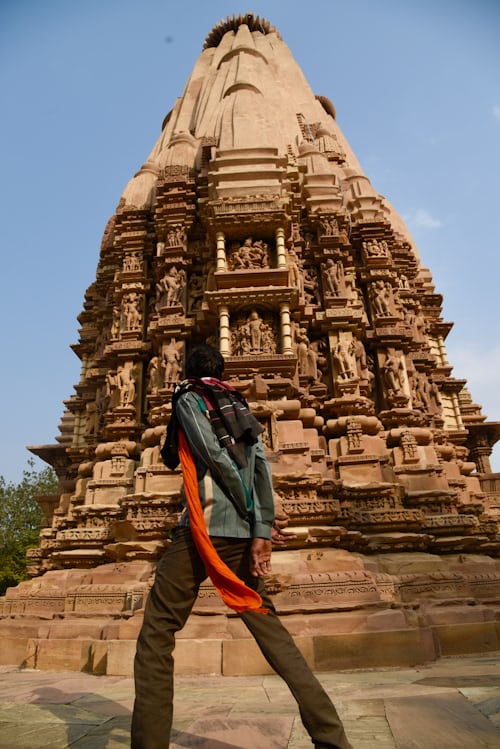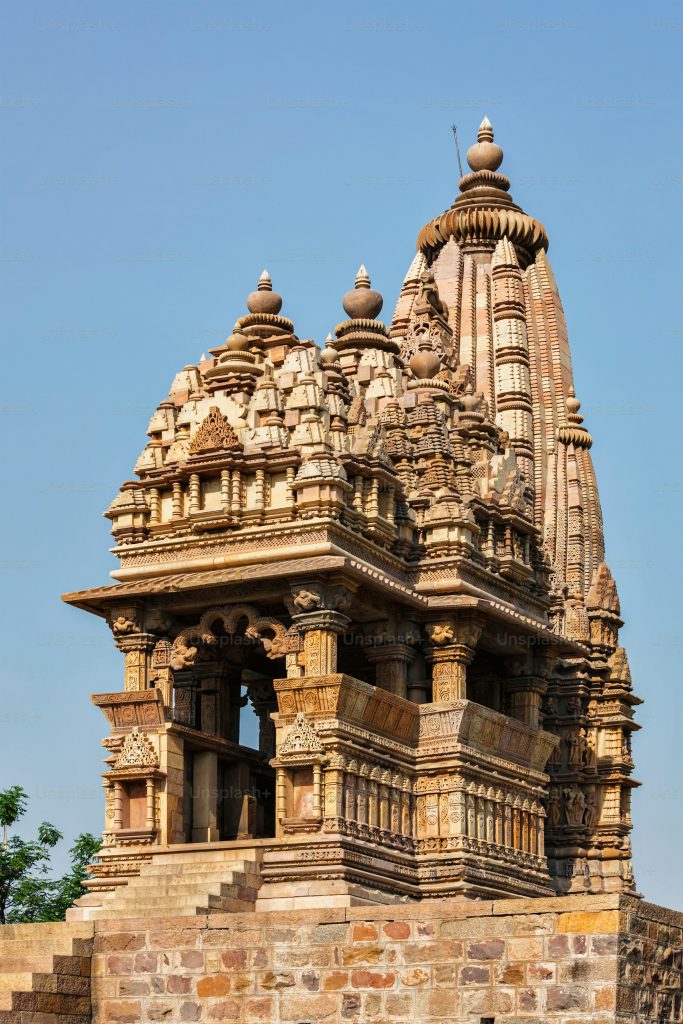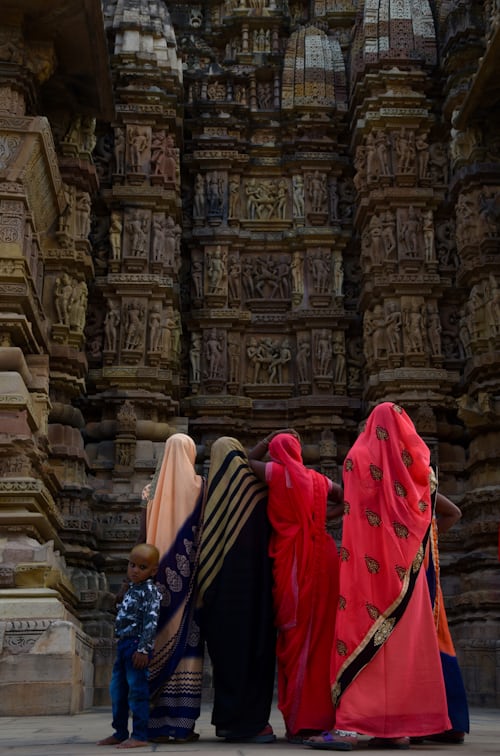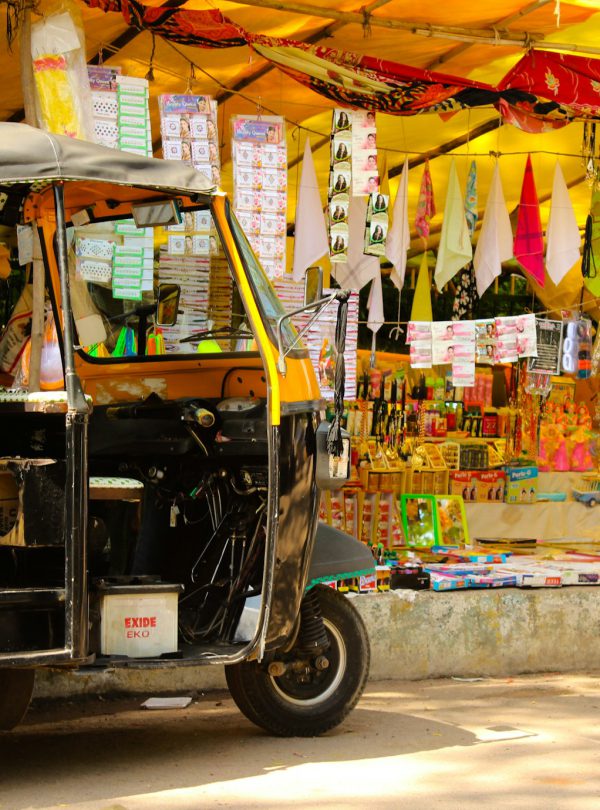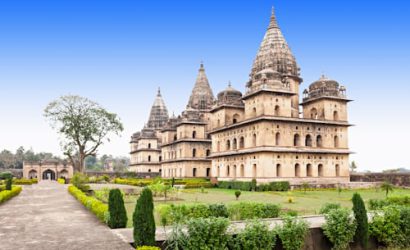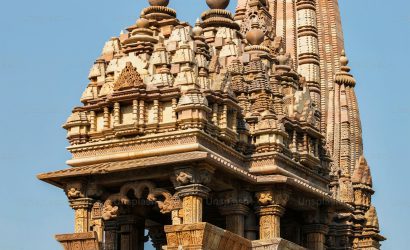Khajuraho, a UNESCO World Heritage Site in Madhya Pradesh
Khajuraho, a UNESCO World Heritage Site in Madhya Pradesh, is renowned for its stunning group of temples adorned with intricate erotic sculptures and exquisite carvings. Built between the 9th and 12th centuries by the Chandela dynasty, these temples are a perfect blend of artistic brilliance and spiritual devotion.
Khajuraho is home to some of India’s most remarkable temples, known for their detailed sculptures depicting love, life, and divinity. The temple complex is divided into three groups—Western, Eastern, and Southern—each showcasing breathtaking architectural finesse. The Kandariya Mahadeva Temple, the largest and most elaborately decorated, is a masterpiece of Nagara-style architecture. Beyond temples, Khajuraho offers a glimpse into India’s cultural heritage through the Light & Sound Show, Raneh Falls, and Panna National Park. Whether you are an art enthusiast, history lover, or spiritual seeker, Khajuraho is a destination that captivates the soul.
Highlights of Khajuraho
- UNESCO World Heritage Site – Home to the world-famous temples built by the Chandela dynasty.
- Exquisite Temple Sculptures – Intricately carved depictions of love, mythology, and daily life.
- Kandariya Mahadeva Temple – The grandest and most iconic temple of Khajuraho.
- Panna National Park – A wildlife sanctuary near Khajuraho, perfect for nature lovers.
- Raneh Falls – Stunning waterfalls surrounded by picturesque rock formations.
- Light & Sound Show – A mesmerizing show narrating the history of Khajuraho.
- Eastern & Southern Temple Groups – Unique Jain and Hindu temples with detailed carvings.
- Local Handicrafts & Shopping – Explore traditional artifacts, stone carvings, and souvenirs.

